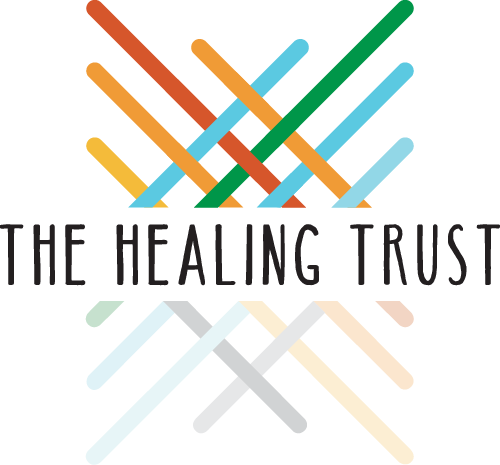Our grant reviewers appreciate the time and energy that you spend creating great grant proposals. For each grant application that we review, the grant reviewers capture the strengths and the opportunities for improvement for each of the proposals. Here are the top 10 mistakes that we see in grant proposals:
- The needs assessment section needs more detail.
There will always be more need than there are funds available, so this section needs a lot of detail. Tell us about the needs in the community and how your organization meets those needs. What problem are you solving or addressing? Who are you serving? How much does your program cost?
- Outcomes do not reflect a change in health.
Outcomes are often confused with outputs. Outputs explain the number of people who will participate, receive a service, etc. Outcomes describe the change that will happen as a result of your service. Outcomes answer the question “so what.”
Ex. Output: 10 people will go to the clinic. Outcome: 6 out of 10 people who go to the clinic will reduce their blood pressure by 5 Points.
- There’s a problem with the data.
A solid grant proposal includes the research that supports the work that you are doing. Make sure that the data you include is recent, relevant, and reliable… and that you cite your sources.
- So many acronyms, so little time.
We know that you have limited word space and you want to maximize that space by using acronyms. Do us a favor and spell out the acronyms at least once.
- It’s unclear what we’re being asked to fund.
Specify which items in the budget you are asking us to fund and explain what’s included in the program budget. Tell us how you created those estimates. We can’t fund what we don’t understand. Make sure that the numbers on the budget justification and the numbers on the budget form match. When they don’t, we have to decide which figures are correct.
- The return on our investment is unclear.
We want to make sure that the grants we give are as impactful as possible. Tell us about the potential impact of the grant funds. How much does this program cost per participant? How many people will be served?
- Letters of support are form letters.
We get it: Form letters are easy to create. However, we value personalized letters that describe the relationship that you have with collaborators and the value you add to the collaboration.
- We don’t understand what you’re tracking.
We know that you all are experts in your field and you use many different tools to evaluate the impact of your program. As grant reviewers, we are on the outside looking in and we don’t always understand why you’re measuring what you’re measuring. Help us understand how what your tracking is significant to the people you are serving. Tell us how what you’re tracking shows an improvement in health.
- We don’t know how far your clients have come.
Including baseline data is a great way for you to further show your organization’s impact. Tell us where your clients are starting and where you plan to take them during the grant term. Tell us why change the you want to make is important.
Ex. At the beginning of this program, the 10 participants in this program had A1C levels of 10 or higher. At the end of this program, their A1C levels will be less than 7. An A1c less than 7 is in a healthy range.
- Assume we know nothing.
Write the application for the person that has never heard of your organization and has no idea what you do. Your proposal may not always have the same grant reviewers and this will ensure that you don’t leave out key details.
Grant-writing is not for the faint of heart and we value the time that you spend writing strong proposals. If you need additional help, check out the Resources Page or give us a call.
Jennifer Oldham is the Program and Communications Officer at the Healing Trust.

